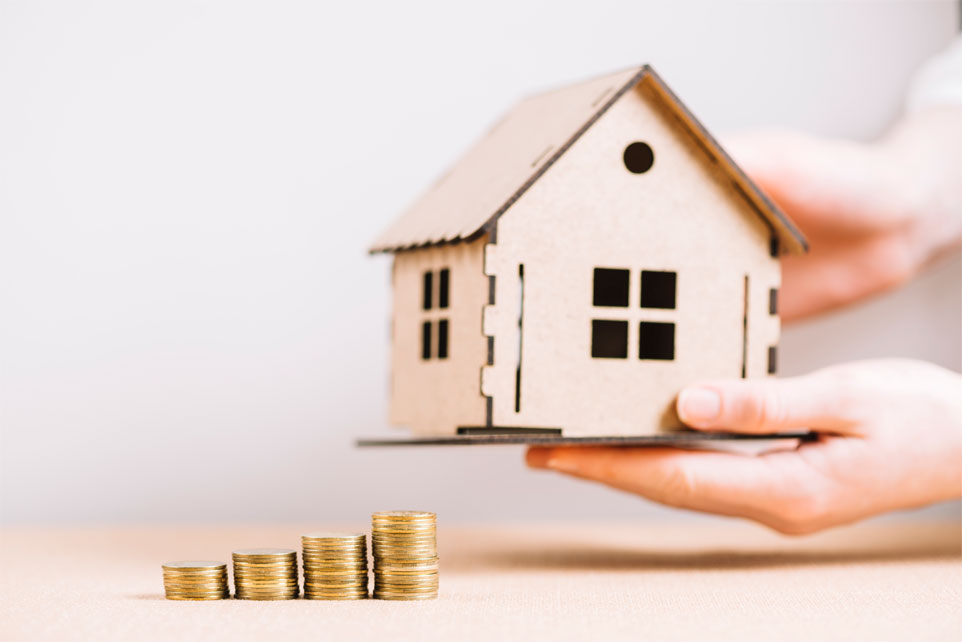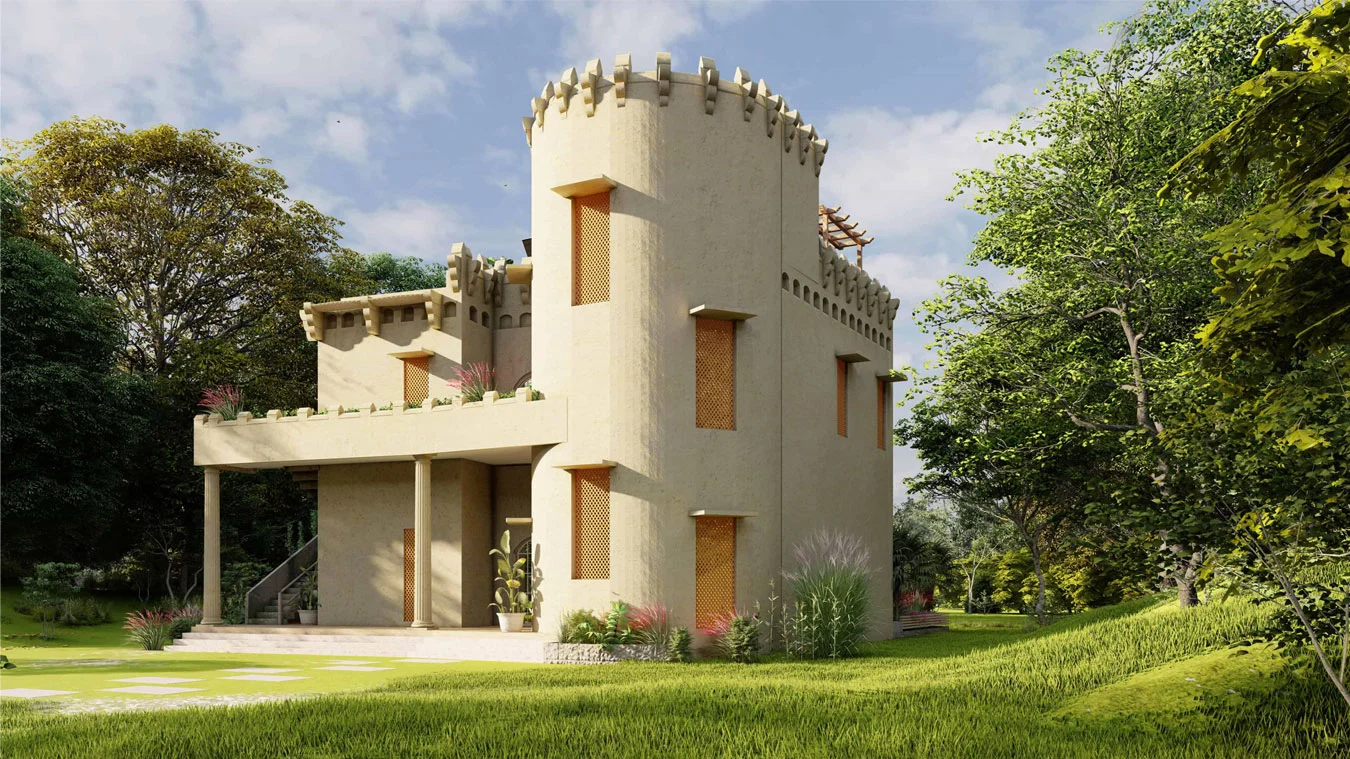Does sustainability matter in real estate projects?

Real Estate Investment | By: TRC | 04 May, 2024
The question might seem absurd at first when you read it. Barely anyone would negate it; however, when it comes to real estate, sustainability often takes the back seat. Most real estate projects often highlight the amenities and benefits of the projects but seldom talk about sustainability. Similarly, the buyers are either not aware of it or have become so lured by the highlights that it hardly comes to mind. Above all, sustainability is an abstruse thing and may have different definitions for us all. But in reality, it has a long and pervasive effect on our inhabitants. Sustainability has nothing to do with the expected life of a project but rather the construction, maintenance, and its effect on people and society at large. In this report, we will try to explore the areas and concerns that matter to us.
Sustainability and its need: According to startling data from the World Cities Report 2016, the Indian demographic dividend is expected to rise by 37% by the end of 2025. In addition, it is expected that 40% of the population will live in urban cities by 2030. The rising population has its complications and demands; the need for housing and infrastructure is indeed one of the most prominent of them all, after food. It is expected that the Indian real estate market will reach USD 0.33 trillion by 2024 and USD 1.04 trillion by 2029. Most importantly, the affordable housing section dominates the real estate sector. According to the India Brand Equity Foundation (IBEF), there is a huge gap between demand and supply. Currently, the shortage in urban areas is expected to be 10 million units. And 25 million additional units will be required to meet the demand by 2020. Similarly, Knight Frank claims that over 328 housing units were launched in 2022 to meet the demand across India.
Construction and infrastructure development contribute to the emission of greenhouse gases by approximately 30% and the consumption of 1/3 of raw materials, energy, and water. Some research suggests that electricity consumption is expected to grow by 180% in comparison to 2011 because of the excessive usage of heating appliances and space cooling. Moreover, it has greater health benefits and cost advantages than traditional real estate development.
Harnessing the greater benefits: The real estate sector is witnessing a change in buyers' behavior that has compelled them to come up with projects that truly add value to their lives and are way ahead of traditional real estate offerings. The need for smart and sustainable homes is gaining importance because they are not only environmentally friendly but have greater implications. Energy efficiency and better water management facilities are at the core of it. Closed foam insulation, low-emissivity windows, energy-efficient pumps, solar panels, sealed attic spaces, and advanced framing techniques are a few modern-day solutions that are gaining popularity. In addition, improving indoor air quality with lesser or non-volatile organic compounds like paints, adhesives, cleaners, and harmful chemicals that affect human health.
Augmented economic value: Sustainable property also helps to augment the economic value of the project and life as well. Waste reduction, the usage of recycled materials, and various other techniques also help to reduce the carbon footprint and save costs. Besides, sustainable properties have greater resale value, demand, and various government-led tax benefits. In addition, 100% depreciation is also applicable to such green and sustainable projects. The Indian Renewable Energy Development Agency (IREDA) also facilitates low-cost interest loans to foster the growth of sustainable projects. Maharashtra, Karnataka, and Gujarat are the pioneer states to devise a state-based incentive program as well. Furthermore, Indian Green Building Council (IGBC) data reveals that green building in India sells 10% faster than conventional projects and earns a 5% premium. Such projects have lower rental vacancies and greater occupancy rates.
A mandate for a better future: GRIHA (Green Rating for Integrated Habitat Assessment) was established with the collaboration of the Energy and Resources Institute (TERI) and the Ministry of New and Renewable Energy (MNRE) to monitor and award certificates to promote green building initiatives based on resource consumption, water generation, and the overall impact of them on society at large.
GRIHA uses a 100-point scale using 30 parameters to judge the project; however, a project must achieve at least 50 points to get certification. This criterion applies to projects with a built-up area of more than 2500 sq. m., excluding the typical structure, basement, and parking area. A state like Maharashtra provides a 3% FSI incentive for 3-star projects. 5% FSI incentive for 4-start projects and 7% for 5-star projects. Similarly, Leadership in Energy and Environmental Design (LEED), a certification program introduced by the US Green Building Council in 2000 and adopted by India, The main objective of this initiative is to maximize water utilities by leveraging the installation of irrigation systems and water-saving fixtures to develop drought resilience and environment-friendly practices. Promoting energy efficiency through less power consumption and using LEED-certified building materials such as low-VOC paints, ESCS, recycled steel and bioplastics, HVAC systems, and renewable energy sources are a few key steps that foster the sustainability of a project.
Prospects for growth: As per the IGBC annual report, there were more than 6,500 registered green building projects in India, covering almost 7.61 billion square feet. A similar projection states that by 2023, the number will reach 8,500, covering 10 billion square feet of area. This trend is further expected to be expedited by various organizations and governments. CREDAI has recently partnered with IGBC to develop 1000 green-certified buildings in the next few years and to reach 4000 projects by 2030. Moreover, to foster growth and sustainability, the government is targeting reaching 100,000 green buildings by 2030. It is expected that green building projects will generate $150 billion in revenue by the end of 2027. The sole purpose of the government is to achieve the target of net zero carbon emissions.
Conclusion: Real estate projects are experiencing a new trend that is based on sustainability and offering a better lifestyle to home buyers. However, it is important to note that there is a long way to go to make it successful. Data also shows that 75% of buyers seldom show any interest in sustainability rather than immediate benefits, about which a further roadmap has to be prepared and the concern and benefits are conveyed to the customers. Not just the health and economic benefits are attached to such projects, but they are the need of the hour as well.





